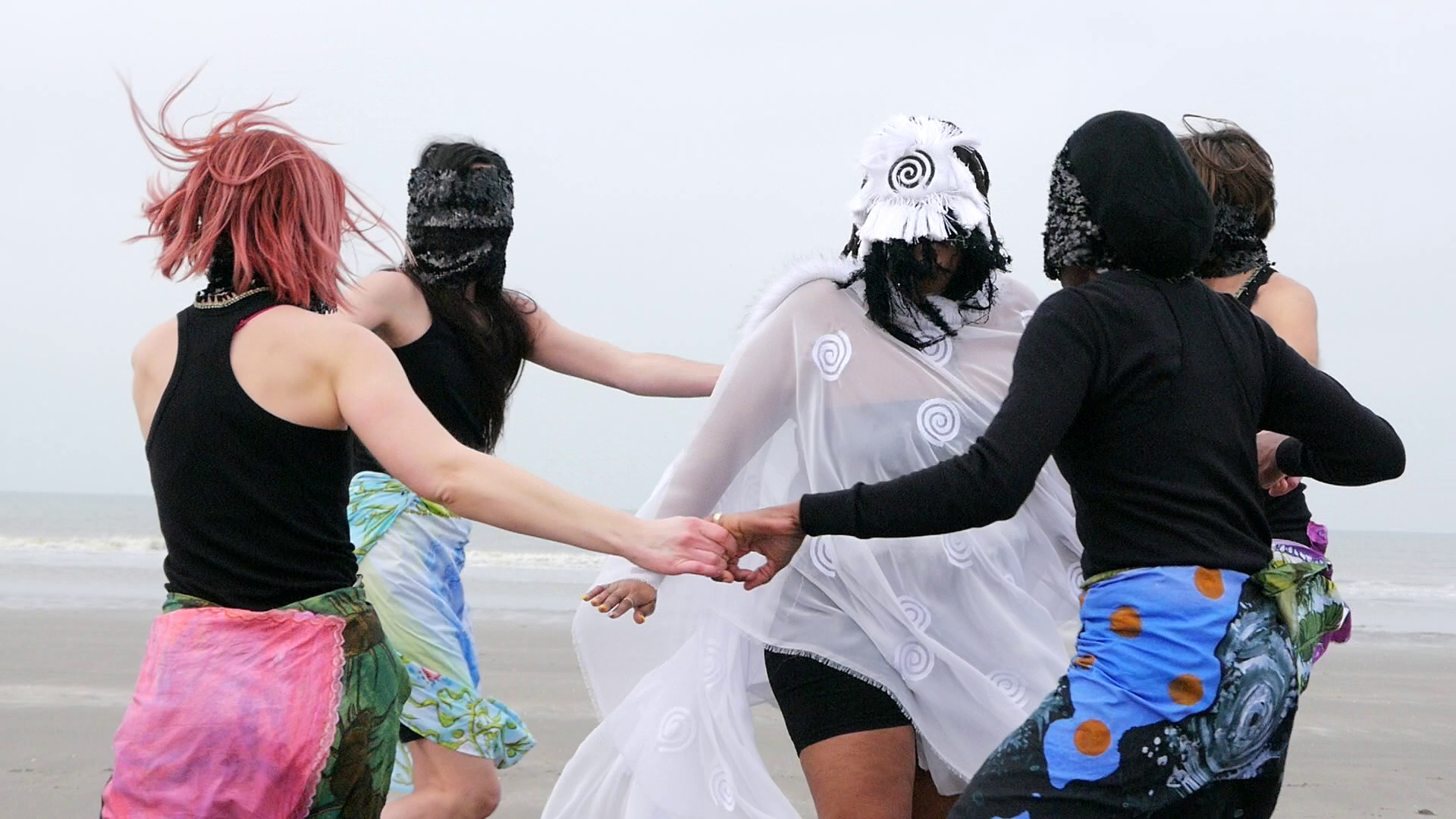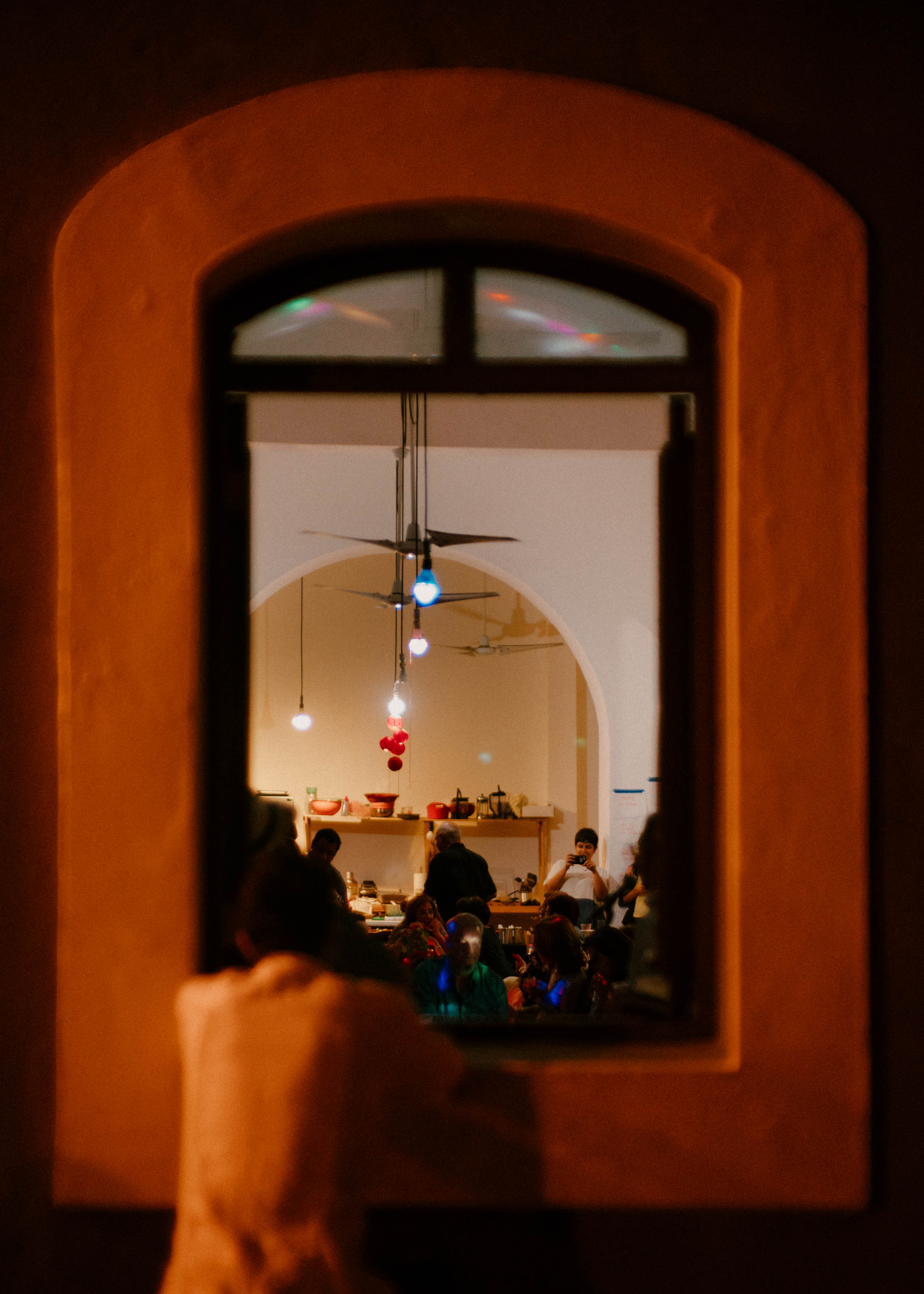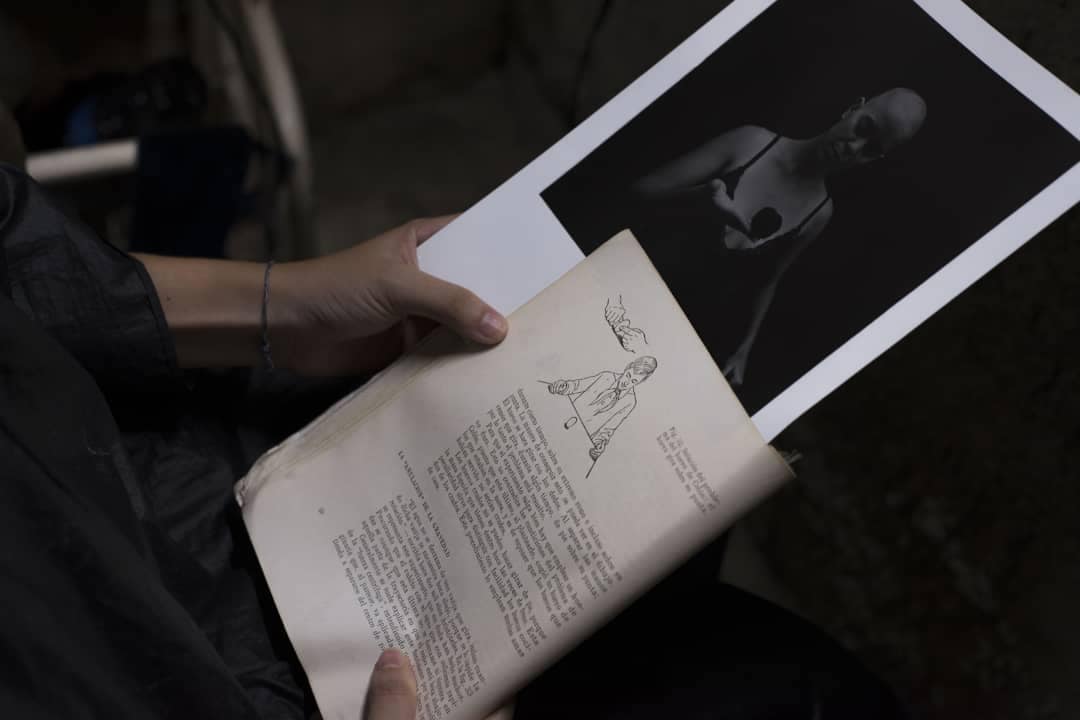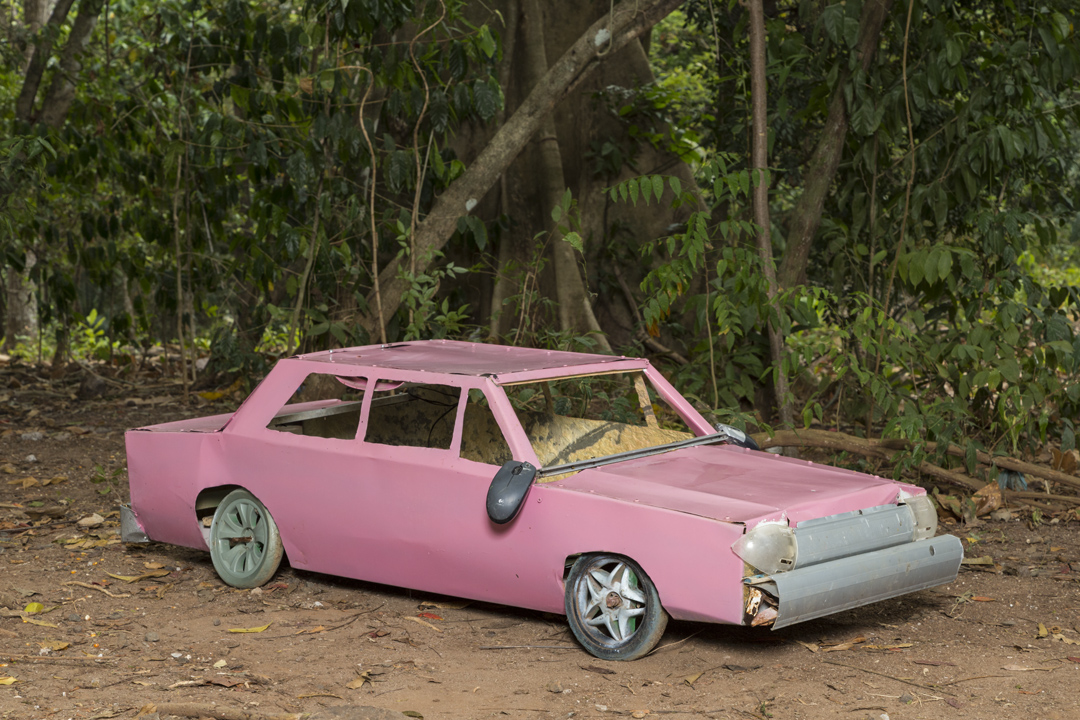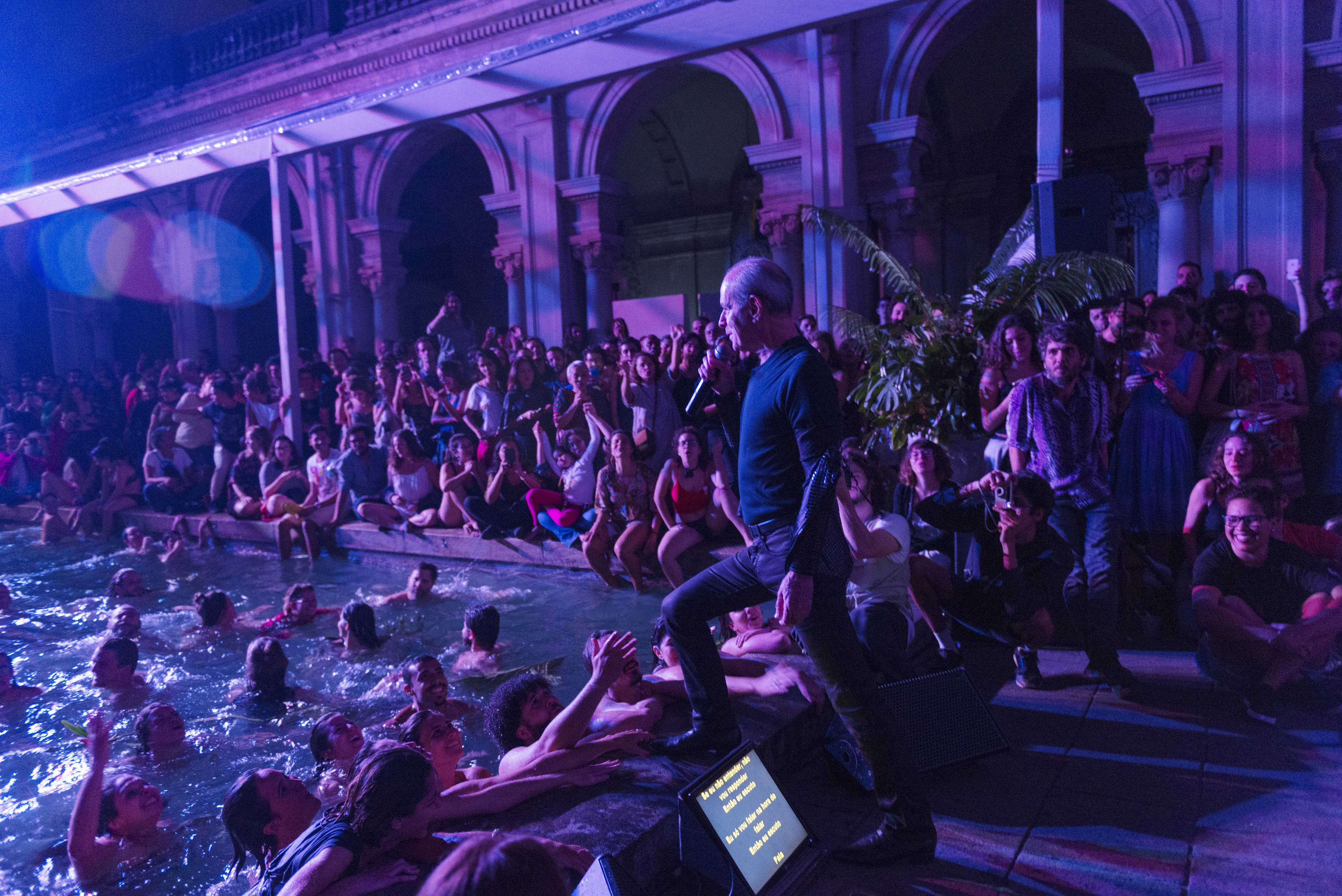Beta-Local's ‘La Práctica’ and ‘La Ivan Illich’ are two of the three programs that give body to this organization. Both are based on the intention of sharing knowledge: the former does it from an awareness of the ephemeral—that which produces a particular tuning between the situation and the moment and creates a reciprocal relationship. Thus, for some time each year, a group of participants, artists and cultural workers make up this ephemeral community, where they design their own curriculum through the circulation of knowledge, permeating the daily life of Beta-Local. The other program, La Ivan Illich, is an experimental pedagogical platform focused on experience, doing-by-doing, and wandering without an apparent aim. Anyone can approach the organization and, through La Ivan Illich, request a workshop, a lecture, a conversation, or activity of any kind that seems pertinent to them; likewise, they can also propose to do it themselves. It is a kind of copperwood tree that provides the necessary atmosphere for the djon djon to grow inside.
The Instituto de Artivismo Hannah Arendt (INSTAR) is a pedagogical project in itself. Its daily life is articulated through three main areas: wishes, ideas, and action. Three axes that, consciously or unconsciously, move us to think and reflect on the scale and the terms of the lived experience, looking to overflow the Cuban socio-political framework with these ideas. Just as in a trip we think with and of the other person, at INSTAR the bonds are dealt with following a logic of relationships that demand mutual (re)cognition. If it is a matter of imagining differently, stepping into a relationship is essential, and if aesthetic and pedagogical thinking hopes to contribute to the construction of different imaginations, a stove and people cooking around it will always be very useful.
New Local Space (NLS) Kingston’s La Práctica, perhaps the youngest pedagogical program in the region, takes on the model developed in Puerto Rico as a mechanism for conceiving its actions. The program creates a space for sharing and learning together, with a curriculum based on the participants' personal interests and knowledge. However, as each context demands to be thought from its own specificities, the singularity of this program is that it functions as an artists residency through which participants are exposed to experiences that contribute to their research and conversations of interest.
I like speaking of the NLS Kingston program as a result of the commitment that artists, curators, independent spaces, and institutions have made since the late 1990s to the circulation of those of us who live in the region and our diasporas.
When I thought of this mapping, it seemed fitting to share brief conversations with those who have participated in the creation and/or management of the programs at Beta-Local, INSTAR, and NLS Kingston, so that accessing this review may serve to have an expanded version told in their own voices.
